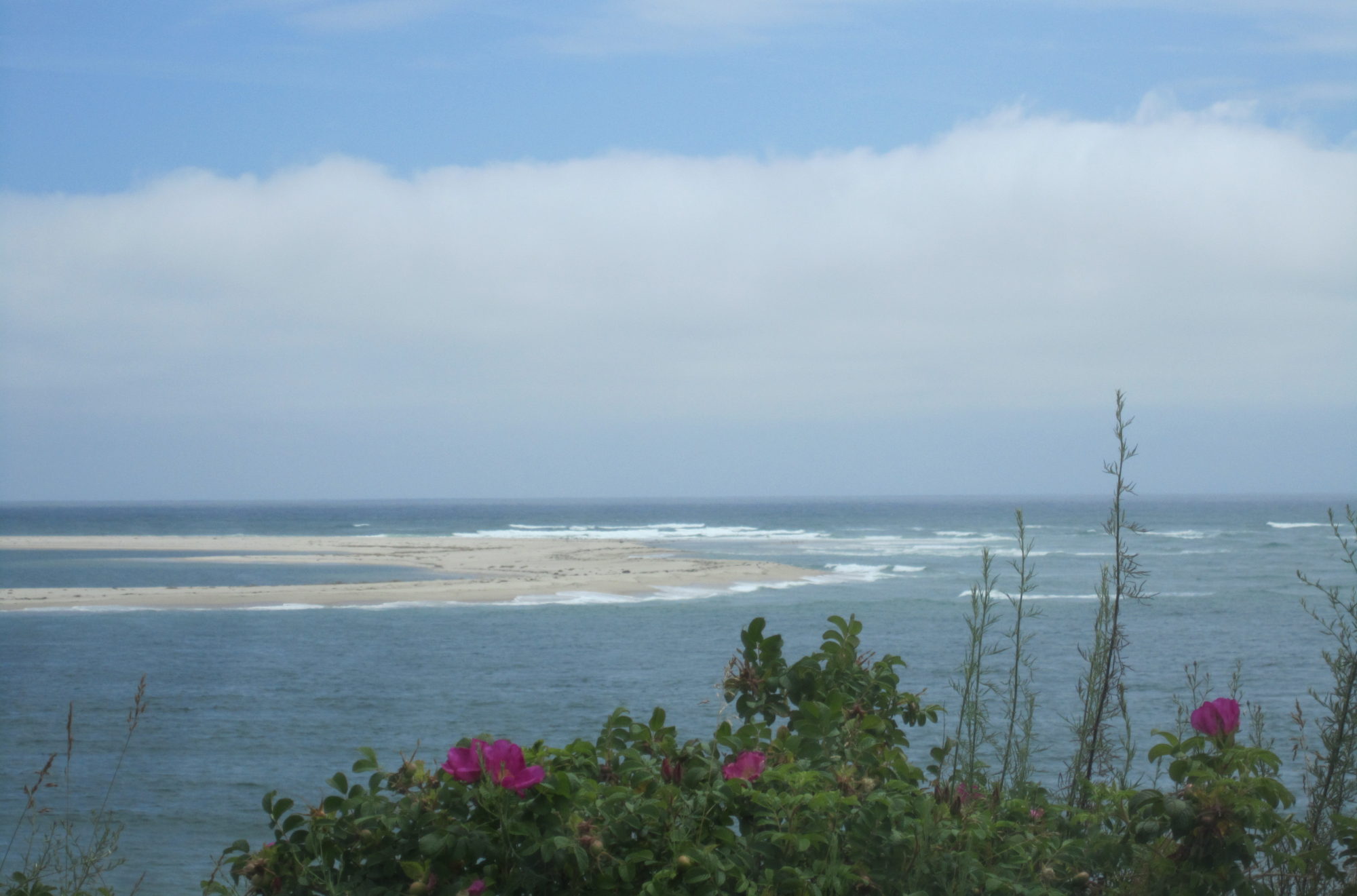
Beginning in earnest with the Enlightenment but gaining speed in the 19th century, Western culture pretty much decided that God was no longer indispensable. With newfound confidence in the power of reason and science, the idea was that human beings finally could solve life’s most vexing problems.
No longer held back by primitive beliefs and mystical obfuscations, humanity was now in a position to uncover the hidden secrets of the universe previously obscured by the prejudices and ignorance of the past. Continue reading “Utopia”









